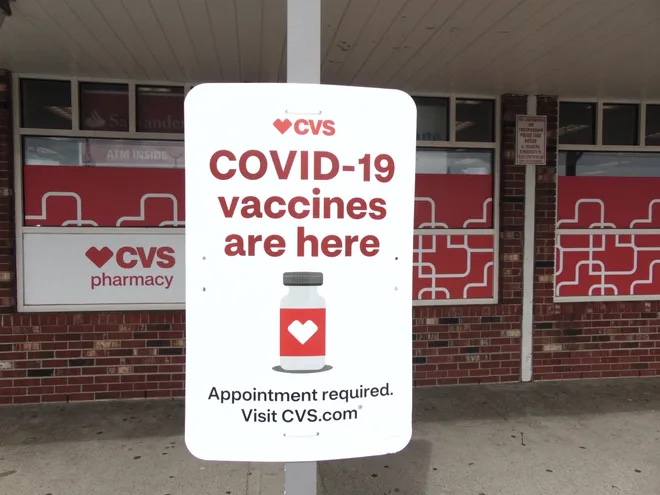The rising number of COVID-19 hospitalizations as we approach the holiday season prompts the question: when is the optimal time to receive the latest COVID-19 shot?
Recently, the FDA granted approval and the CDC issued recommendations for updated mRNA COVID-19 vaccines targeting the XBB.1.5 Omicron subvariant. These vaccines are intended for individuals aged 6 months and older, with the aim of preventing severe illness.
Ann M. Sheehy, PhD, an immunologist from the College of the Holy Cross, emphasizes that these new vaccines should not merely be seen as “boosters.” Instead, they represent a new iteration designed to match the currently circulating strains, akin to annual flu vaccines.
David O. Freedman, MD, representing the Infectious Diseases Society of America, underscores the priority of the COVID vaccine. He notes that the strains have evolved, rendering bivalent vaccines from over a year ago less effective, typically providing protection for only 4 to 6 months. However, those who have recently recovered from COVID-19 should wait approximately 3 months before getting vaccinated to maximize protection once natural immunity diminishes.
Experts caution against waiting until just before the holidays for vaccination. New antibodies take roughly 3 weeks to develop after the shot, so timing is crucial. Sheehy advises getting the shot early to ensure adequate protection for Thanksgiving, Christmas, New Year’s, and beyond.
Paul Offit, MD, emphasizes that the COVID-19 shot remains effective for longer than 4 months but offers the best protection against mild illness within that period. He suggests that individuals at the highest risk for severe illness, such as older adults, pregnant individuals, and the immunocompromised, should be the primary focus for immediate vaccination.
Timing also involves vaccine availability. Recent reports highlight issues with vaccine distribution, including customers being turned away by pharmacies and unexpected billing. The shift in distribution methods, where vaccines go to pharmacy chain warehouses or drug wholesalers, introduces complexities in payment and distribution. Insurers must also update their systems to cover the new vaccines.
In this changing landscape, the key remains to prioritize those most vulnerable while addressing supply chain challenges to ensure vaccines reach those who need them most.















